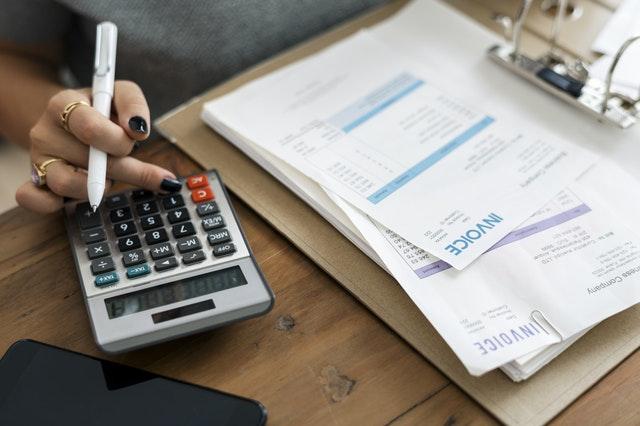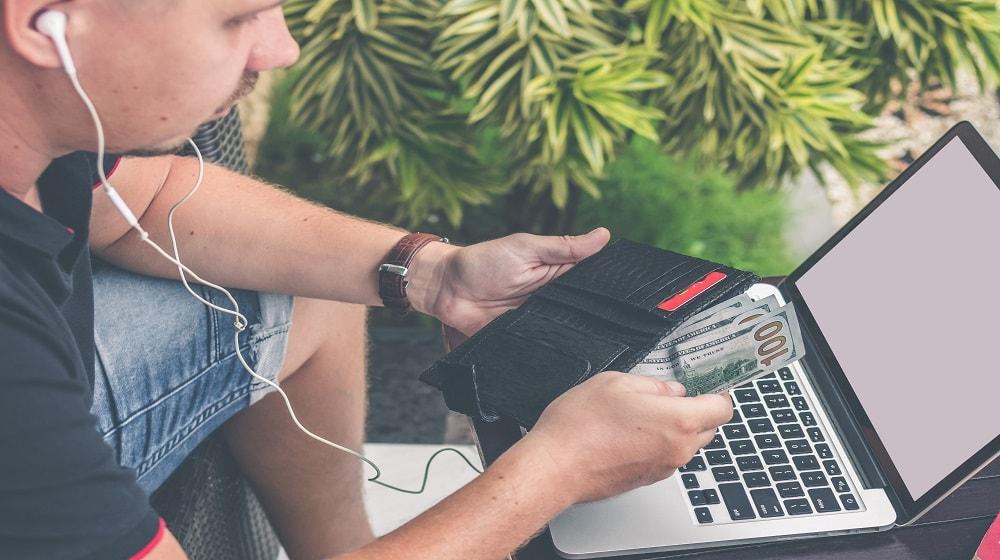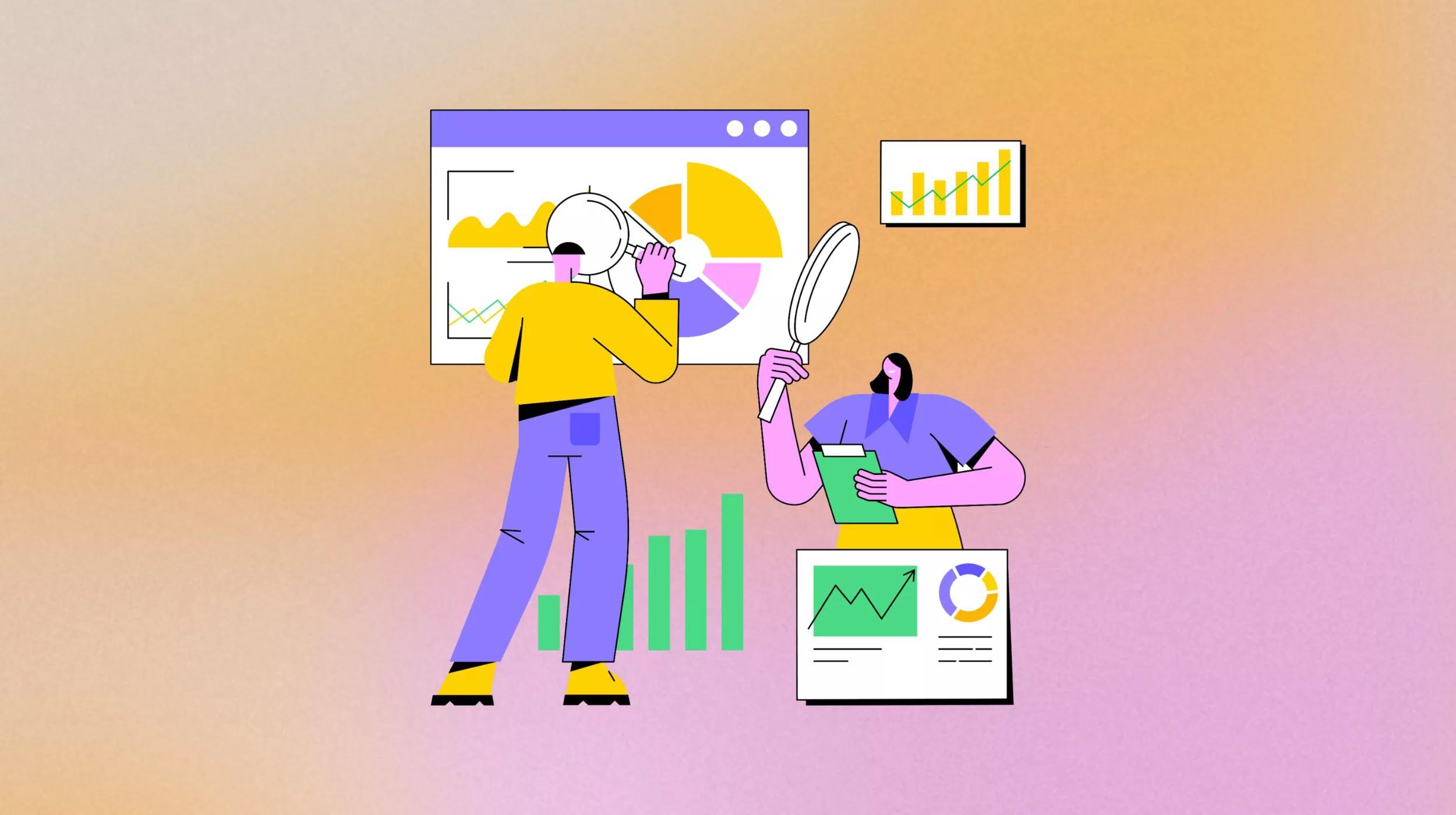It’s every business owner’s fantasy to have invoices paid on a timely basis: immediately upon receipt, without clients questioning the amount or delaying getting the funds together for even one day. If you’re wondering how to get clients to pay on time, we’ve got answers on how to make it happen.
Related: Habits of business owners who get paid on time
How to get clients to pay on time: 10 tips
The web developers and designers who have the best track record of on-time or speedy payment focus on using these best practices:
-
Establish complete policies.
-
Document policies repeatedly.
-
Have short payment terms.
-
Offer a variety of ways to get paid.
-
Know in advance who should receive invoices.
-
Provide detailed invoices with line items.
-
Personalize invoice communication.
-
Determine if extra documentation is needed.
-
Include contact details.
-
Monitor overdue payments.
Let’s cover each practice in more detail.
1. Establish complete policies
Take the time to develop strong payment policies and set expectations, including consequences of non-payment.
Comprehensive policies can minimize late payment occurrence, and make it easier to strategize your next move when payments are not received.
For example, my policy requires a 25-percent deposit before starting a new project. Work doesn’t begin until the deposit is received, and that’s clear from the get-go. I then use a payment plan system, and we don’t proceed through project phases and launch unless payments are made according to the pre-established and agreed-upon schedule.
Related: Payment plan templates for web design projects
2. Document policies repeatedly
Those good policies you’ve already established? Document where clients can find them: in your initial proposal, on your website, and even as part of the invoice itself.
Since one of my policies is that invoices are due and payable upon receipt, that’s clearly noted on each invoice. I understand that people don’t immediately whip out their checkbook or log into online banking the second the invoice arrives, but within a few days is certainly reasonable. In my own business, I handle bills and accounting paperwork every Friday, but I also make Tuesday a “check-in” day to see if anything needs to be handled between Fridays.

3. Have short payment terms
None of this net 30 stuff. My invoices are due and payable upon receipt, because other than deposits, I’m getting paid for work already done. And if they don’t pay quickly, there’s a penalty. I know this is not always possible with larger companies. Once, I did work for a large high-tech company that insisted on paying their subcontractors net 90! However, I made an exception so I could add their immediately recognizable name to my client list, but it’s not something I’d normally agree to.
4. Offer a variety of ways to get paid
What may be easiest for you may not be easiest for your clients. Offering a variety of payment options — including checks, payment on your website with credit cards, PayPal and ACH bank transfers — lets clients choose what works for them, and facilitates payment. If you’re running a subscription-based business, such as care plans for site management, set up auto-billing to remove the work of invoicing and the hassle of processing payments every month.
Related: How to encourage and accept payments online
5. Know in advance who should receive invoices
When your client is a one-person business or program, it’s usually clear who gets the invoices. But in a larger organization, the person paying the bills might not be the person you’re working with. At the start of every project, make it part of your kick-off checklist to confirm exactly who should receive invoices.
6. Provide detailed invoices with line items
Clients want to know exactly what they are paying for, so don’t skimp on the details.
Everyone wants to feel like they have all of the information, and nothing is hidden between the lines of that invoice.
I keep daily notes in a file organized by client, including line items with date, task details and time spent — and then I have them available at invoice time, so there’s no guesswork required to know what the invoice covers.

7. Personalize invoice communication
An invoice is more than just a tool to get you paid. It’s also an opportunity to initiate conversation and personalize the process. Position yourself as a business partner, not just a hired vendor.
A stronger bond might influence clients to want to please you, not disappoint you.
Start off with a friendly greeting referencing a timely holiday, event, local sports team achievements, or other seasonal activity. If you’ve got the inside scoop on their personal life, considering mentioning it — whether it’s a query about their recent vacation, congrats for an award, or just a cute pic of their precious pup on social media.
I close every invoice email with an invitation for clients to request more: “Let me know if you have any questions or need more information.”
8. Determine if extra documentation is needed
Many companies won’t pay until they have that W9 (Request for Taxpayer Identification Number and Certification) form in hand, so be proactive and ask if it’s needed. I’ve also had clients who would not even engage with me until they had proof of my insurance — including our local city government, the school district and the hospital. Having that paperwork squared away early avoids possible delays later.
9. Include contact details
All invoices should show your full company contact information, including email address, website and a direct URL to your online payment page, if you have one. Don’t make clients hunt down where to send the check, or wonder how to find the right place on your website to pay their bill.
10. Monitor overdue payments
Sometimes invoices just get overlooked, so it’s up to you to keep an eye on them. When I started my business in 1998, hard copy invoices were the norm, and I moved to email invoices a few years later. The savings in terms of paper and postage were great, but I then saw an increase in late payments — because an email is much easier to overlook than a piece of paper on your desk.
I’ll give clients the benefit of the doubt, and if I don’t hear from them within seven to 10 days, I forward the original email with a quick message: “Just wanted to make sure you saw this, I know how easy it is for things to wind up in junk mail ...” Not that I believe all unpaid invoices went to junk mail, but because it gives them a way to respond immediately with a convenient and plausible excuse.
Now it’s your turn to get paid!
What are you waiting for? To minimize further payment delays, up your game by incorporating any or all of these 10 best practices. Get started today … get paid tomorrow!






